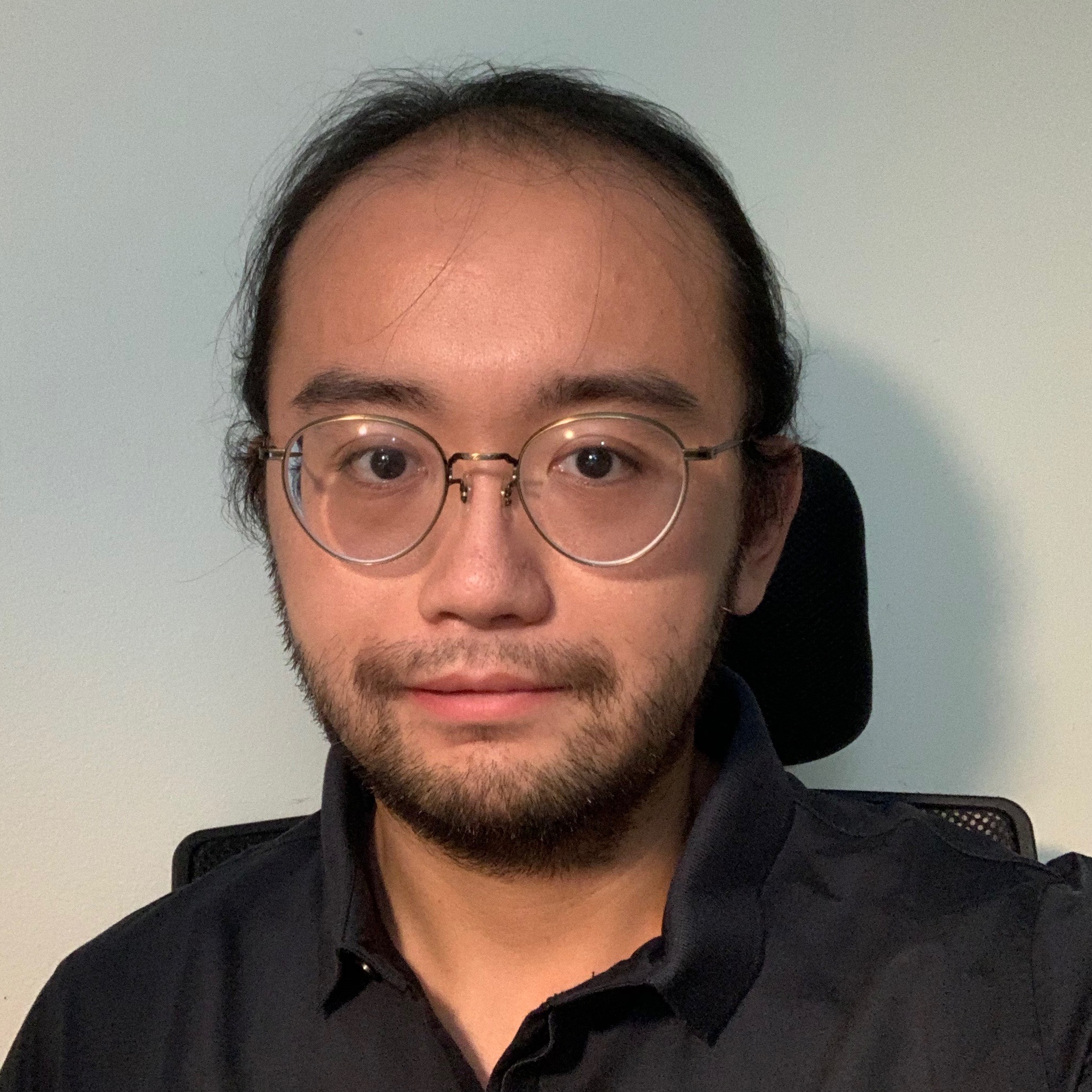LPC Distinguished Researcher

Name:
Jingyu Zhang
Institution:
Florida State University
Email:
Personal web link:
What I will be working on:
My physics interests are searches for exotic Higgs decays and extended Higgs sectors. In my DR period, I plan to finalize the analysis searching for light pseudoscalar Higgs bosons (a) in boosted H→aa→μμ𝞃𝞃 final state using full Run II dataset. In addition, I am starting a new analysis searching for a in direct gluon fusion production using boosted di-tau final state. This search is an extension of the H→aa analysis in that both analyses require the development of highly efficient boosted di-tau reconstruction for very small a masses. The direct a production analysis will probe new physics models such as the composite Higgs models and provide model-independent limits on low mass (10-60 GeV) di-tau resonances, a signature that has never been searched for at the LHC. Along with the physics analyses, I will also work on the HGCAL hardware development with the Fermilab HGCAL hardware group. My goal is to establish the readout of the HGCAL scintillator for the evolving designs of the scintillator tileboard, and then analyze data taking in cosmic rays to study the MIP signal characteristics of the detector.
My role in CMS past and present:
I joined CMS in 2014 as a graduate student. During my Ph.D., I searched for new physics in dijet angular distributions and made leading contributions to the CMS Phase I calorimeter trigger upgrade in data quality monitoring software development and trigger menu development. Since postdoc, I have been working on the analysis searching for light pseudoscalar Higgs bosons (aa) in boosted H→aa→μμττ final state. I have also been involved in the HGCAL reconstruction development. For the iterative reconstruction (TICL) framework, I implemented the 2D layer clustering algorithm for the scintillator part. I also developed a method based on the hierarchical density-based spatial clustering with application of noise (HDBSCAN) algorithm for the shower reconstructions in the HGCAL.